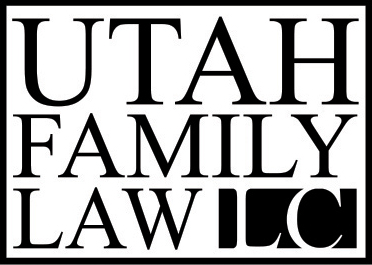When discovery closes in your Utah divorce, child custody, or support case, you can’t keep gathering (or using at trial) new evidence unless it fits a very narrow exception.
Many people misunderstand what that exception means—and courts are strict about it.
Here’s what “new evidence” actually is (and isn’t) under Utah law.
“New” Means Unavailable Before, Not Just Undiscovered
Under Rule 26, every party must make timely disclosures of the documents, witnesses, and other evidence they intend to rely on. If you discover or produce something new after discovery closes, it can’t be used unless you meet a very narrow exception.
Evidence isn’t “new” just because you didn’t find it earlier. To qualify as new after discovery closes, the evidence must meet both of these tests:
That exception is this:
- The evidence did not exist or could not reasonably have been discovered before discovery closed, and
2. unless the failure is harmless or the party shows good cause for the failure.
(See Utah Rules of Civil Procedure (URCP) 26(d))
If you could have gotten it earlier with reasonable effort, it’s not new, it’s just late.
Example:
- A new pay stub showing your ex just got a new job a week ago: new evidence.
- Bank statements you could have requested months ago but didn’t: not new evidence.
Common Misunderstandings
People often call things “new” when they’re really just late or overlooked.
Some examples:
| Situation | Court’s Likely View |
| You find an old email thread you forgot to print | Too late—should’ve been produced earlier |
| You finally download your own Venmo history | Not new—you had access all along |
| A third-party finally sends subpoenaed records after the deadline | Possibly new—if you served the subpoena on time and made diligent efforts to obtain compliance with your subpoena |
| The other party buys a new home after discovery closes | New—event occurred later, disclose promptly |
How to Properly Handle Late-Emerging Evidence
If something truly new arises, handle it by the book:
- Tell your lawyer immediately. Don’t hold back or wait for trial.
- Disclose it (through your lawyer) in writing to the other side (supplemental Rule 26.1 disclosure).
- If necessary, move the court to allow its use or briefly reopen discovery if you can show the failure to disclose is harmless or if you can show “good cause”*.
*“Good cause” means you acted diligently and the delay wasn’t your fault — not that it’s convenient to your case.
Why Late Evidence Can Hurt More Than Help
Trying to sneak in evidence after discovery closes almost always backfires. Judges may exclude it outright under Utah Rule 37, or worse, sanction you by ordering you to pay the other side’s fees.
Even when the court allows late evidence, it can erode your credibility. A well-timed disclosure signals diligence; a last-minute surprise looks like gamesmanship.
Practical Tips
Keep a running list of new documents, messages, or events as your case moves along. Forward them to your attorney as soon as they appear. It’s much easier to supplement a disclosure during discovery than to beg the court afterward.
Know What Constitutes New Evidence, and Know How to Handle New Evidence Correctly
“New evidence” after discovery closes means something genuinely new and unavoidable, not something overlooked. Handle it quickly, transparently, and through proper channels.
If you’re unsure whether a piece of evidence qualifies, ask your attorney before using it.
Related Reading: [When Discovery Closes, It’s Really Closed — What That Means in Utah Family Law Cases] (https://divorceutah.com/2025/10/24/divorceutah-com-utah-family-law-discovery-deadlines/)
Utah Family Law, LC | divorceutah.com | 801-466-9277
